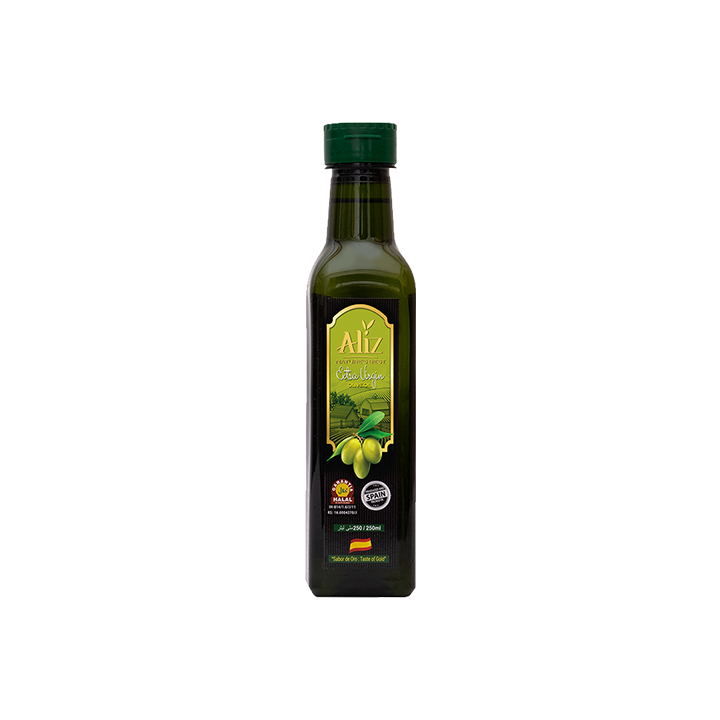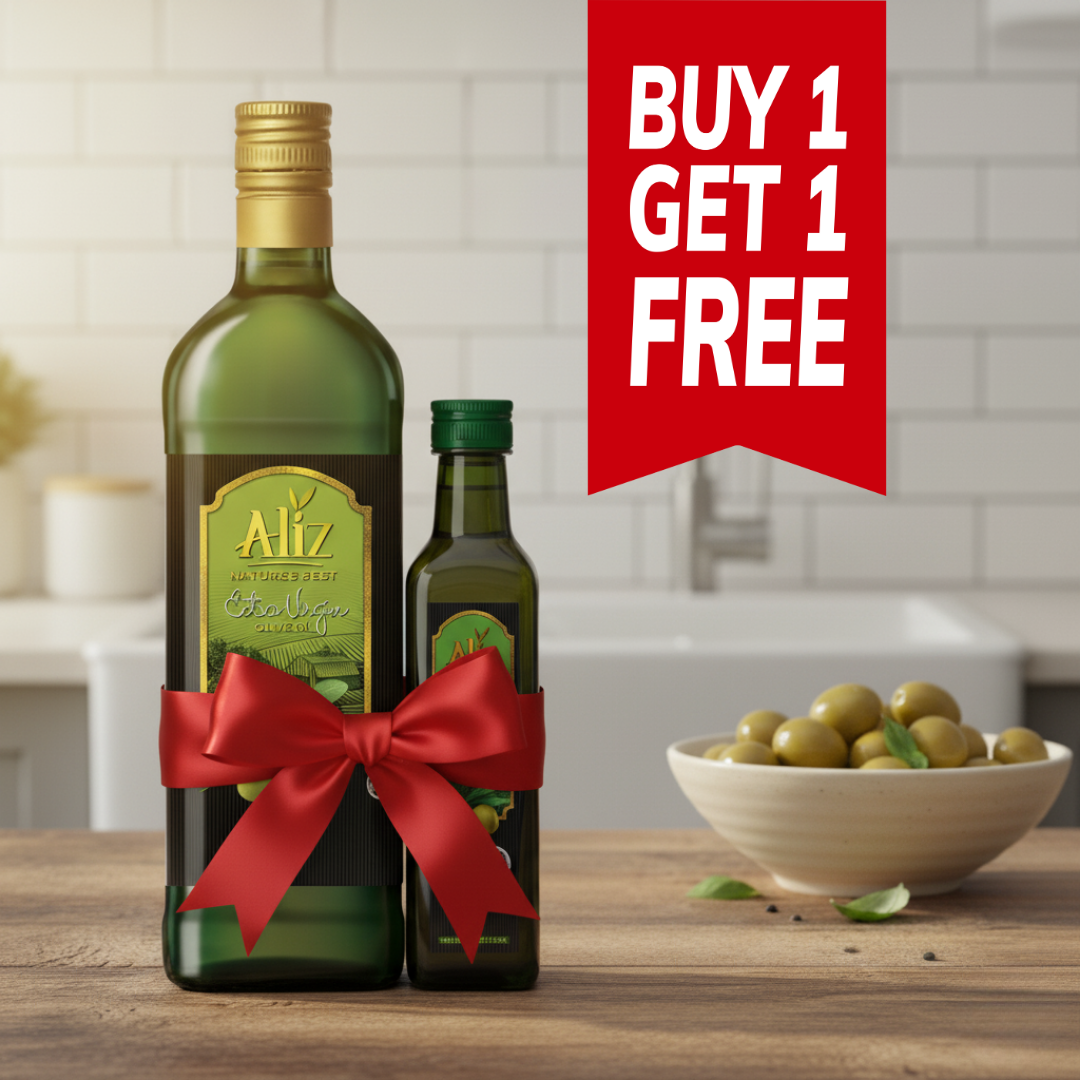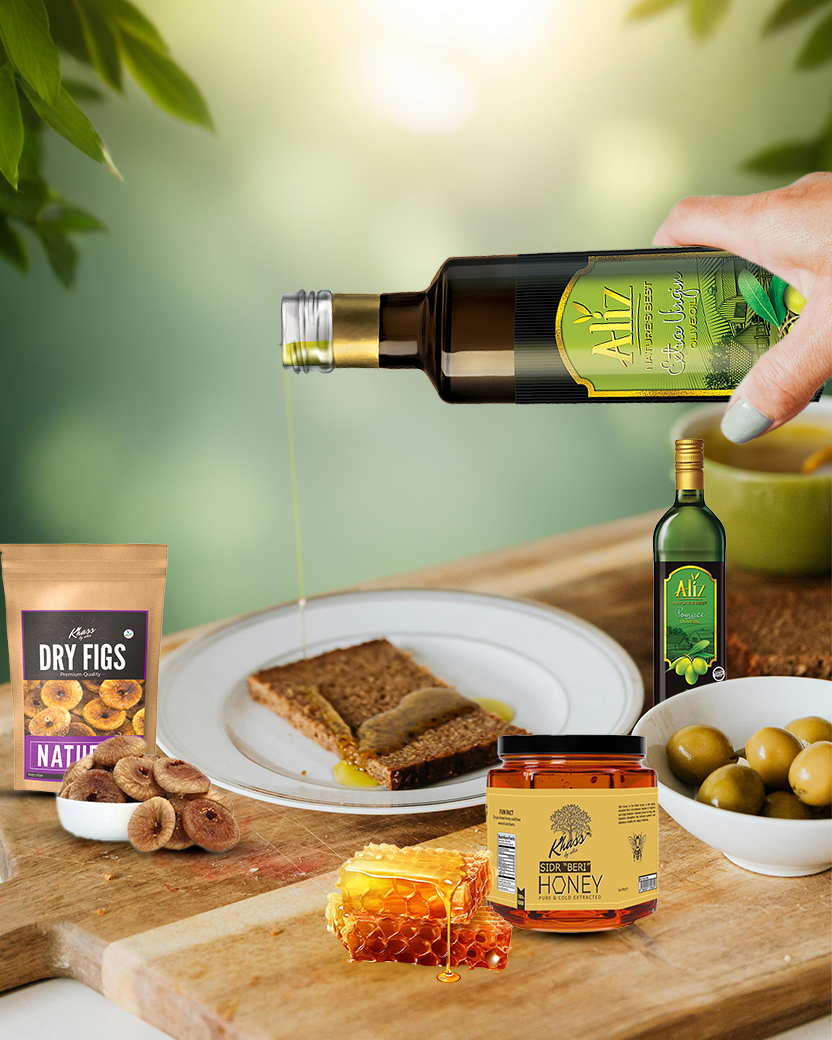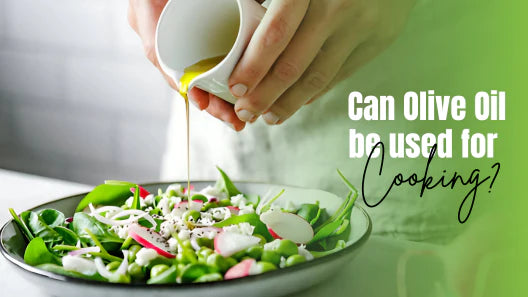Which Olive Oil Is Best for Cooking?
Introduction
Olive oil is a versatile and healthy choice for cooking, but with various types available, it can be challenging to determine which one is best suited for your culinary needs. In this blog, we will explore different types of olive oil and guide on selecting the best option for cooking. Whether you're sautéing, roasting, or dressing a salad, understanding olive oil varieties' characteristics and smoke points will help you make informed decisions in the kitchen.

Extra Virgin Olive Oil
Extra virgin olive oil (EVOO) is the highest quality olive oil, obtained through mechanical means and without the use of chemicals or excessive heat. It retains the natural flavors and aromas of the olives, making it ideal for drizzling over salads, finishing dishes, and uncooked recipes. EVOO has a low smoke point, typically around 375°F (191°C), making it unsuitable for high-temperature cooking methods such as deep frying or searing.
Virgin Olive Oil
Virgin olive oil is also derived from the first pressing of olives, but it has a slightly higher acidity level and milder flavor compared to extra virgin olive oil. While it can be used for cooking, it is best suited for moderate-heat methods like sautéing and baking. Virgin olive oil has a higher smoke point than extra virgin olive oil, typically ranging from 390°F to 420°F (199°C to 216°C).

Pure or Regular Olive Oil
Pure or regular olive oil is a refined and virgin olive oil blend. It undergoes processing methods, such as filtering and refining, to remove impurities and enhance its stability. Pure olive oil has a milder flavor and a higher smoke point than extra virgin and virgin olive oils, making it suitable for various cooking methods, including frying and roasting.
Light or Mild Olive Oil
Contrary to its name, light or mild olive oil does not refer to reduced calorie content but rather to the oil's flavor profile. Light olive oil undergoes extensive processing and filtering, resulting in a mild taste and a higher smoke point. It is suitable for high-temperature cooking methods, such as deep frying and grilling, where the flavors of the oil are less noticeable.
Tips for Choosing and Using Cooking Olive Oil
- Look for reputable brands and opt for oils labeled "cold-pressed" or "unfiltered" to ensure higher quality.
- Consider the intended cooking method. For high-heat cooking, choose oils with higher smoke points like pure or light olive oil.
- For dishes that showcase the oil's flavor, such as salads and dipping sauces, extra virgin or virgin olive oil is the preferred choice.
- Store olive oil properly in a cool, dark place to preserve its freshness and quality.
- Experiment with different olive oil varieties to find the flavors and characteristics that best complement your cooking style.
Conclusion
Choosing the right olive oil for cooking is essential to enhance the flavors of your dishes and ensure optimal cooking results. Understanding the differences between extra virgin, virgin, pure, and light olive oils, as well as their smoke points, will help you select the most suitable option for your culinary needs. By incorporating the right olive oil into your cooking routine, you can enjoy both the health benefits and the delightful taste that this versatile ingredient has to offer.













